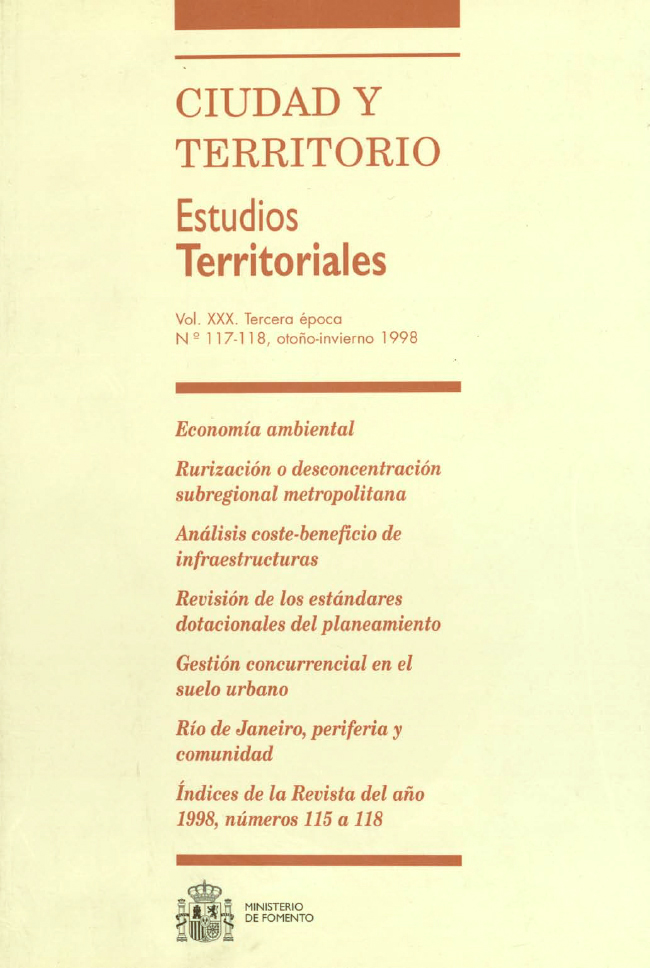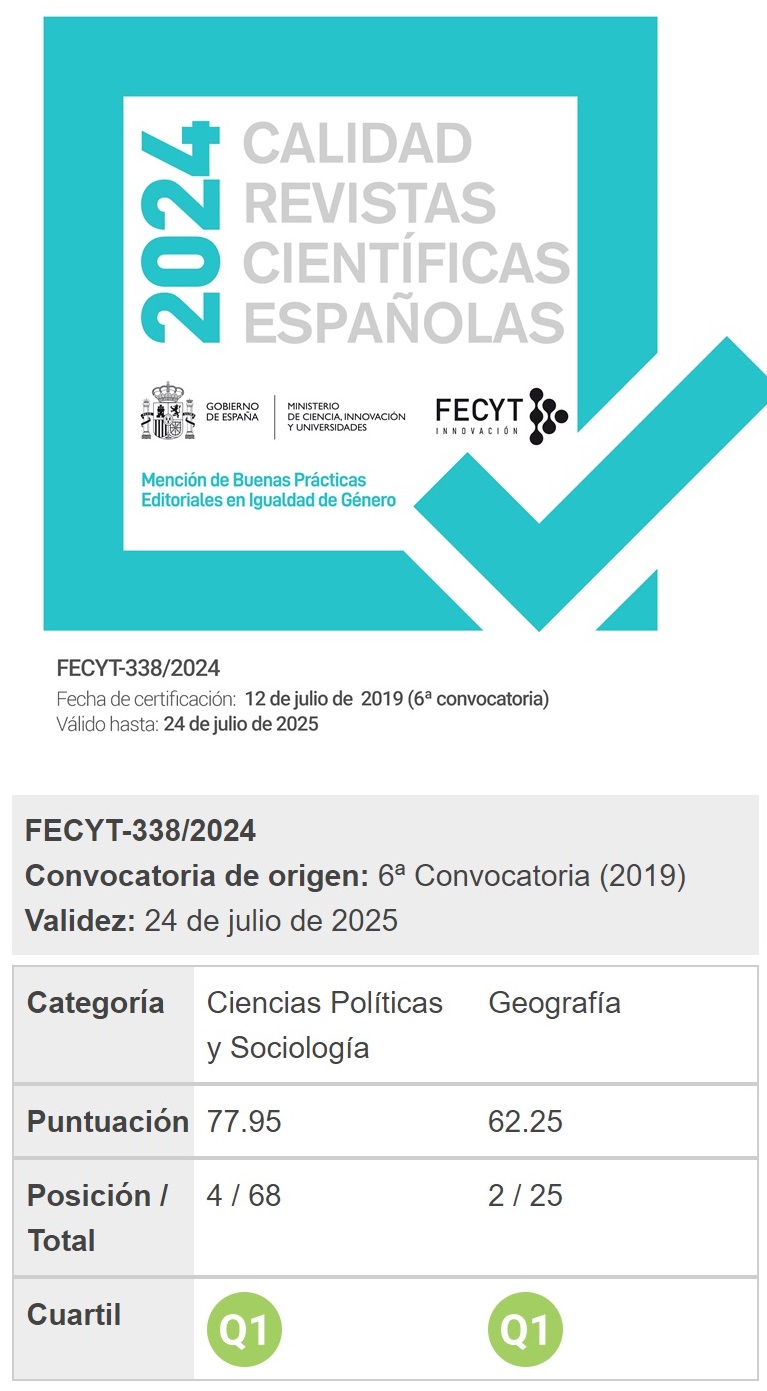Río de Janeiro. Símbolos urbanos: centralidad y poder, periferia y comunidad
Palabras clave:
Río de Janeiro, Historia del urbanismo, Desarrollo urbanoResumen
Río de Janeiro es la única metrópoli dei mundo, identificada, no por sus símbolos arquitectónicos sino por sus iconos naturales. Son los dos morros contrapuestos que dominan la Bahía de Guanabara: el Pan de Azúcar y el Corcovado. Su historia fue una persistente lucha entre la expansión urbana y su naturaleza circundante: se derribaron las colinas que asentaron las primeras edificaciones -los morros de Castelo y San Antonio-; se abrieron infinitos túneles; se rellenó un sector de su bahía: por ejemplo el Aterro de L'lamengo. Sin embargo, las tarjetas postales que identifican la ciudad no se corresponden con su realidad; la mayor parte de su extensión posee una estructura urbana anónima y desordenada, predominantemente ocupada por habitantes de escasos recursos. En la década del noventa, la Alcaldía se propuso transformar esta imagen, al rediseñar el corazón de 17 barrios de la ciudad, intentando rescatarl a identidad cultural y ambiental de sus pobladores.
Descargas
Descargas
Publicado
Cómo citar
Número
Sección
Licencia
Derechos de autor 1998 Roberto Segre

Esta obra está bajo una licencia internacional Creative Commons Atribución-NoComercial-SinDerivadas 4.0.
Sin perjuicio de lo dispuesto en la legislación vigente sobre Propiedad Intelectual, y conforme a la misma, el/la los/las autor/a/es/as que publiquen en CyTET cede/n a título gratuito, de modo no exclusivo y sin límite temporal al Ministerio de Transportes, Movilidad y Agenda Urbana los derechos para difundir, reproducir, comunicar y distribuir en cualquier formato actual o futuro, en papel o electrónico, la versión original o derivada de su obra bajo licencia de Creative Commons Reconocimiento-NoComercial-SinObraDerivada 4.0 Internacional (CC BY-NC-ND 4.0), así como para incluir o ceder a terceros la inclusión de su contenido en índices, repositorios y bases de datos nacionales e internacionales, con referencia y reconocimiento en todo caso de la autoría del mismo.
Además, al realizar el envío, el/la los/las autor/a/es/as declara/n que se trata de un trabajo original en el que se reconocen las fuentes que han sido utilizadas en su estudio, comprometiéndose a respetar la evidencia científica y a no modificar los datos originales para verificar o refutar una hipótesis de partida; que el contenido esencial del mismo no ha sido publicado previamente ni se publicará en ninguna otra obra o revista mientras esté en proceso de evaluación en la revista CyTET; y que no se ha remitido simultáneamente a otra publicación.
Los autores deben firmar un Formulario de Cesión de Derechos, que les será enviado desde la Secretaría de CyTET una vez se acepte su artículo para ser publicado.
Con el objetivo de favorecer la difusión del conocimiento, CyTET se adhiere al movimiento de revistas de Open Access (OA) y entrega la totalidad de sus contenidos a diversos índices, repositorios y bases de datos nacionales e internacionales bajo este protocolo; por tanto, la remisión de un trabajo para ser publicado en la revista presupone la aceptación explícita por parte del autor/a de este método de distribución.
Se anima a las/os autoras/es a reproducir y alojar sus trabajos publicados en CyTET en repositorios institucionales, páginas web, etc. con la intención de contribuir a la mejora de la transferencia del conocimiento y de la citación de dichos trabajos.







